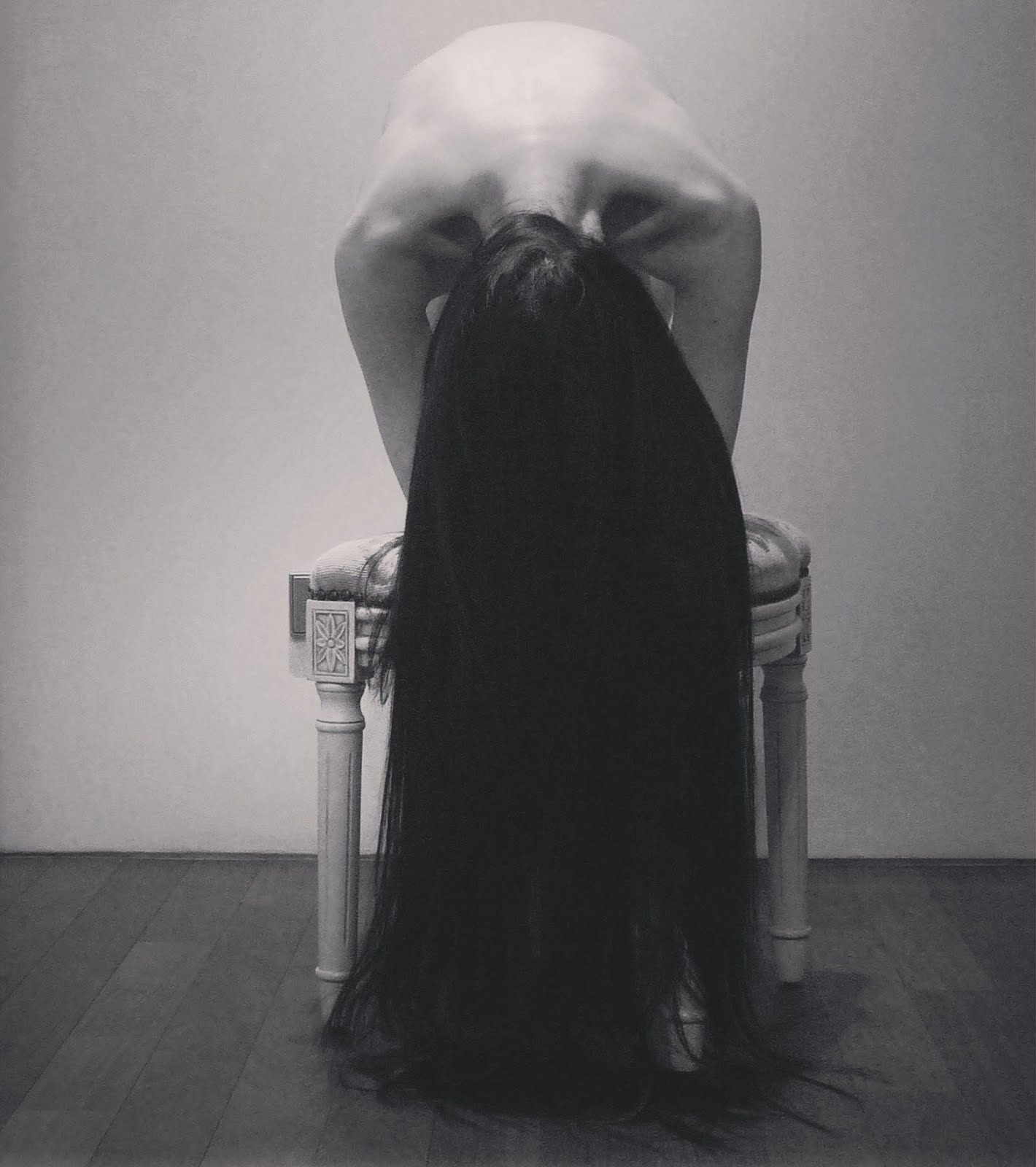“Watteau’s women do not care to represent Womanhood or Love or Beauty, certainly not with a capital W or L or B. They are not the sort of women who want to be regarded as forces of nature. They are not interested in being idealized or idolized. They are too much at ease to be caught up in such fantasies.
They stand apart from their own beauty and their amorous adventures, as if they felt free to consider the value of love or beauty, but only the value it might have for them, for now—a private matter. They are in some sense natural aristocrats, with a freedom from social constraints that gives them the aura of supernatural beings, even of goddesses.
But Watteau’s women are not goddesses in any classical sense. They have none of the traditional responsibilities of goddesses. They do not personify some value or virtue. They do not have supernatural powers. And that is precisely their charm, the key to their comic exuberance. They are goddesses who are freed from all responsibility. They are goddesses who have resigned from their roles.
They are goddesses on the lam.”
~Jed Perl, Antoine’s Alphabet: Watteau and His World
 |
| A Muse, by Rosalba Carriera, Italian, about 1725, pastel on laid blue paper, 12 3/16 x 10 1/4 in., via The Getty Museum. |
 |
| Lady Beatrice, by George Clausen |
 | ||||||
| Combing Hair, by Torii Kotondo (Japanese, 1900-1976). Japan, Oct 1929. Prints; woodcuts. Color woodblock print; embossed. Image: 16 1/8 x 10 5/16 in. (41 x 26.2cm); Sheet: 18 9/16 x 11 3/4in. (47.2 x 29.8cm) woodblock print with gofun and mica, 33 x 23.1cm
Portrait of Countess Elisa Dadiani, by Savelij Abramovich Sorin, 1919 (via)
Nayika Shringara: the romantic herione adorns herself, preparing her hair.
Jodhpur, circa 1830 (artist unknown). Gouache & gold on paper. 15 x 10.3cm.
Ideal Female Heads, French, 1769-1770,
by Jacques Augustin Pajou (1730-1809),
Terracotta on white marble socle, via The Getty Museum.
Detail of Bacchante tenant un tambour de basque, avec deux enfants (Bacchante holding a tambourine, with two children), by Jacques Augustin Pajou (1730-1809); Marble, Musée du Louvre. Three Studies of a Woman and a Study of Her Hand Holding a Fan, by Antoine Watteau c.1717
Detail of a Female Nude Study, by George Lawrence Bulleid (British 1858-1933).
Vioets, Sweet Violets (detail), 1906, by John William Godward
When the Heart is Young (detail), 1902, by John William Godward.
Oil on canvas, private collection
Jacques-Louis David, Psyché Abandonnée (detail), 1795, Musée du Louvre
|






,+Mirror+(Kagami),+ca,+1930,+woodblock+print+with+gofun+and+mica,+33+by+23.1+cm.jpg)













No comments:
Post a Comment